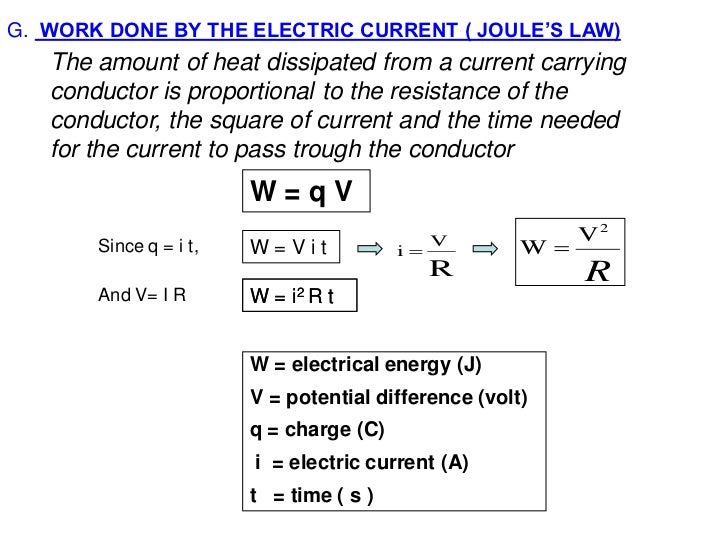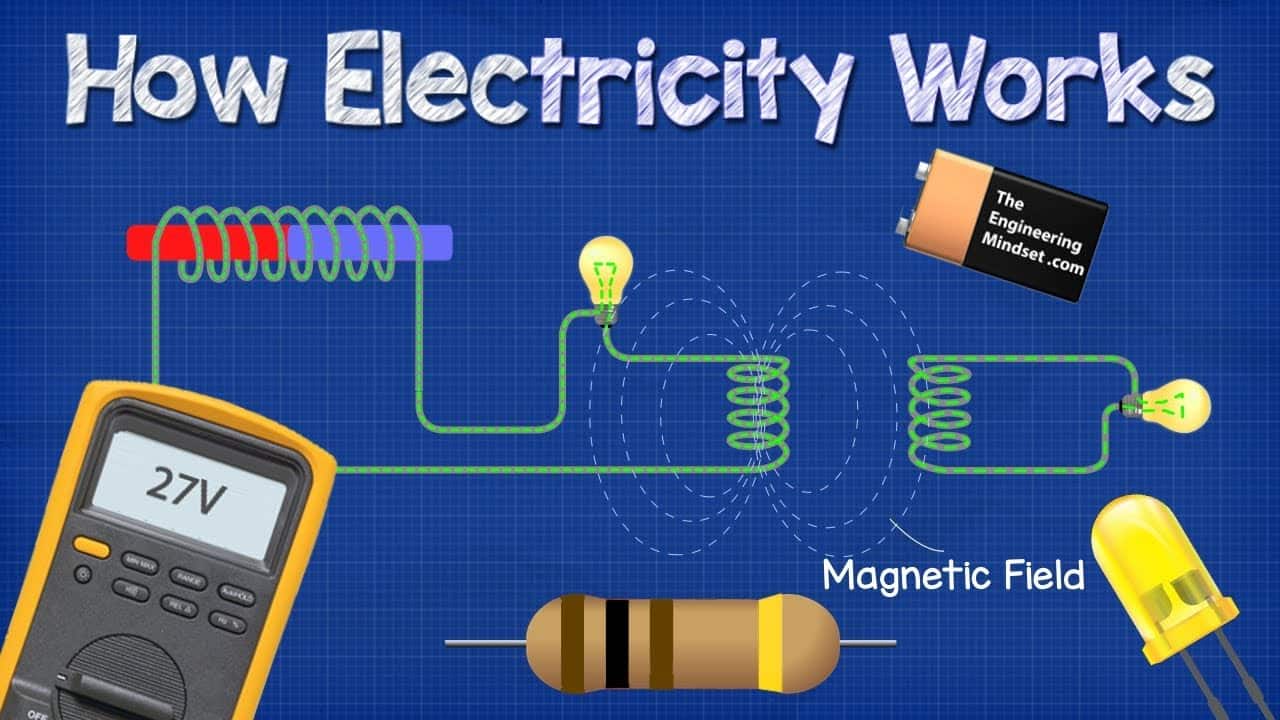

Batteries come in all shapes and sizes. Use a (+) and (-) sign as you have seen it on the battery. Indicate on the image which is the positive and which the negative pole of the battery. Below is an image of a typical torch battery. The side with the knob is the positive end, and the flat side is the negative end. Evaluate: Assess the learners' understanding of the concept/phenomenon through any appropriate manner. Elaborate or apply: The teacher provides opportunities for learners to extend their understanding by providing new and/or related experiences for them to apply what they have learnt. The teachers and learners may co-construct an explanation for the phenomenon under investigation. The teacher introduces vocabulary, ideas, concepts, etc. Explain and reflect: The teacher leads a discussion around the learners' data. The activities should provide learners the opportunity to collect and organise data that will allow them to generate explanations for the phenomenon under investigation. Part of the exploration phase could be for learners to predict what they think would happen during an activity. #Workdone on electric circuit series
Explore: The teacher provides a common activity, task or series of activities in which learners engage. 
The activities should provide an opportunity for learners to talk about their prior experiences with the concept.

Engage: Assess the learners' prior knowledge by engaging them with either questions or a task related to the new concept to be learnt.Use a Learning Cycle approach to teach Electric Circuits:







 0 kommentar(er)
0 kommentar(er)
